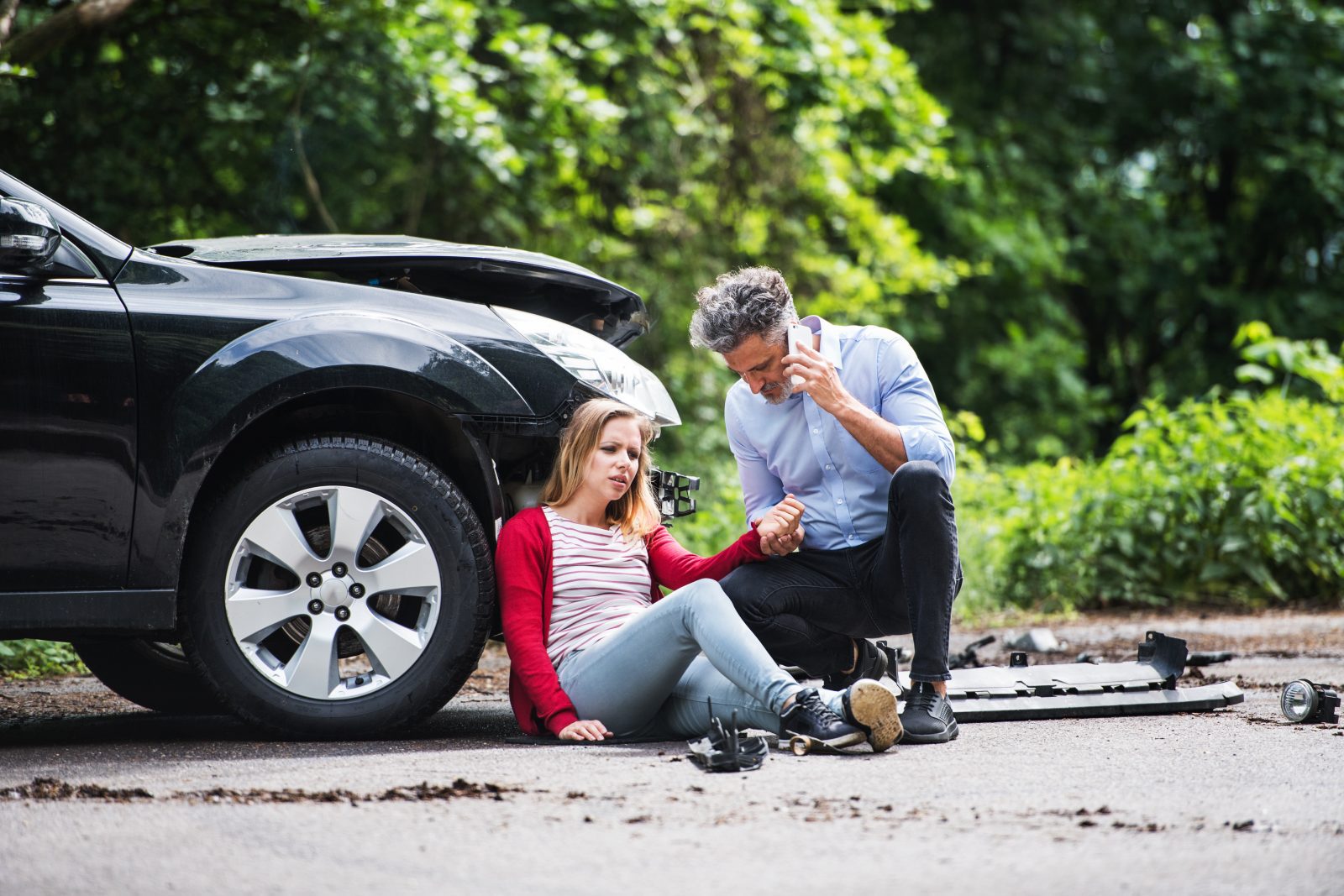Car accidents are a leading cause of severe and fatal injuries worldwide. While safe driving and defensive driving techniques can enhance your safety on the roads, even the most careful road users can find themselves the victim of a traumatizing collision. Even though the impact of a crash is often overwhelming enough, knowing how to react when on the accident scene can essentially save lives, regardless of who is responsible for the incident; an accident lawyer will help you deal with the financials.
Whether you are the victim of the accident, the responsible driver, or simply on the scene at the time of the incident, these basic first-aid practices are essential to ensure all the parties involved are exposed to no further harm. Please note that this is not to be construed as medical advice.
Contact Emergency Response Services
The first, and most vital practice, is to contact emergency services as soon as possible. Even if you don’t believe anyone was seriously injured, contacting emergency services is vital for everyone involved, including yourself. If you cannot phone emergency services yourself, you should call out to anyone nearby to make the call for you.
Quiet Calls for Concern
Quiet individuals should take priority as persons of concern as they may have more severe injuries than individuals who may be screaming or panicking. So, check silent individuals first to make sure they are breathing; simply placing your palm by their nose and mouth and watching for chest motions will help determine if the individual is breathing. If an individual is unresponsive and breathing, attempt to lean them forward, carefully avoiding any twisting or harsh motions.
Never Move an Unresponsive Individual
You may feel that moving an unresponsive individual from the vehicle is necessary, although this is a massive first-aid mistake. Moving an individual that is not responsive could lead to further injuries. Instead, lean them forward gently and calmly await the authorities while regularly ensuring they are still breathing.
Removing Individuals from Imminent Danger
Suppose the injured individual is in danger and leaving them in the vehicle could lead to death. In this case, you should ask emergency services on the phone for advice on removing the individual safely. In most cases, emergency services will advise you to move the individual with the careful assistance of anyone nearby. Incorrectly moving an injured individual is exceptionally dangerous, so you will need to stabilize their head and neck while another individual stabilizes their spine and lower back.
Control Bleeding Injuries
Bleeding injuries can be minor or severe. However, it is best to handle any bleeding wound as a severe injury on the scene of an accident. You can safely control bleeding by applying pressure to the wound with a fabric such as a shirt. In some cases, it is best to tie the limb gently with a tourniquet, which can be made with a belt, stretched shirt, or rope just above the injury to stop bleeding. Be sure to avoid tying the limb too tightly.
When assisting injured passengers in a vehicle collision, it is always best to seek the advice of emergency response services on the phone. Assisting injured individuals can be frightening, so be sure to remain as calm as possible when helping anyone.






